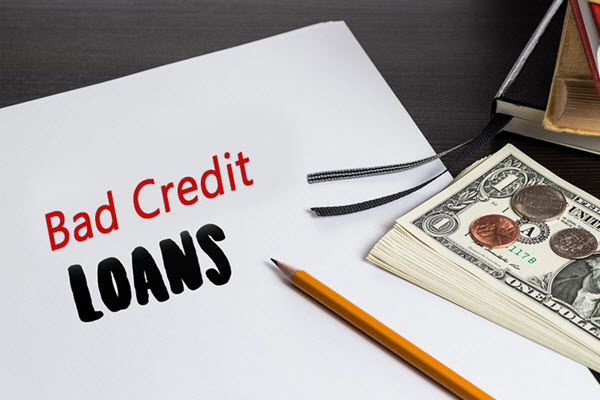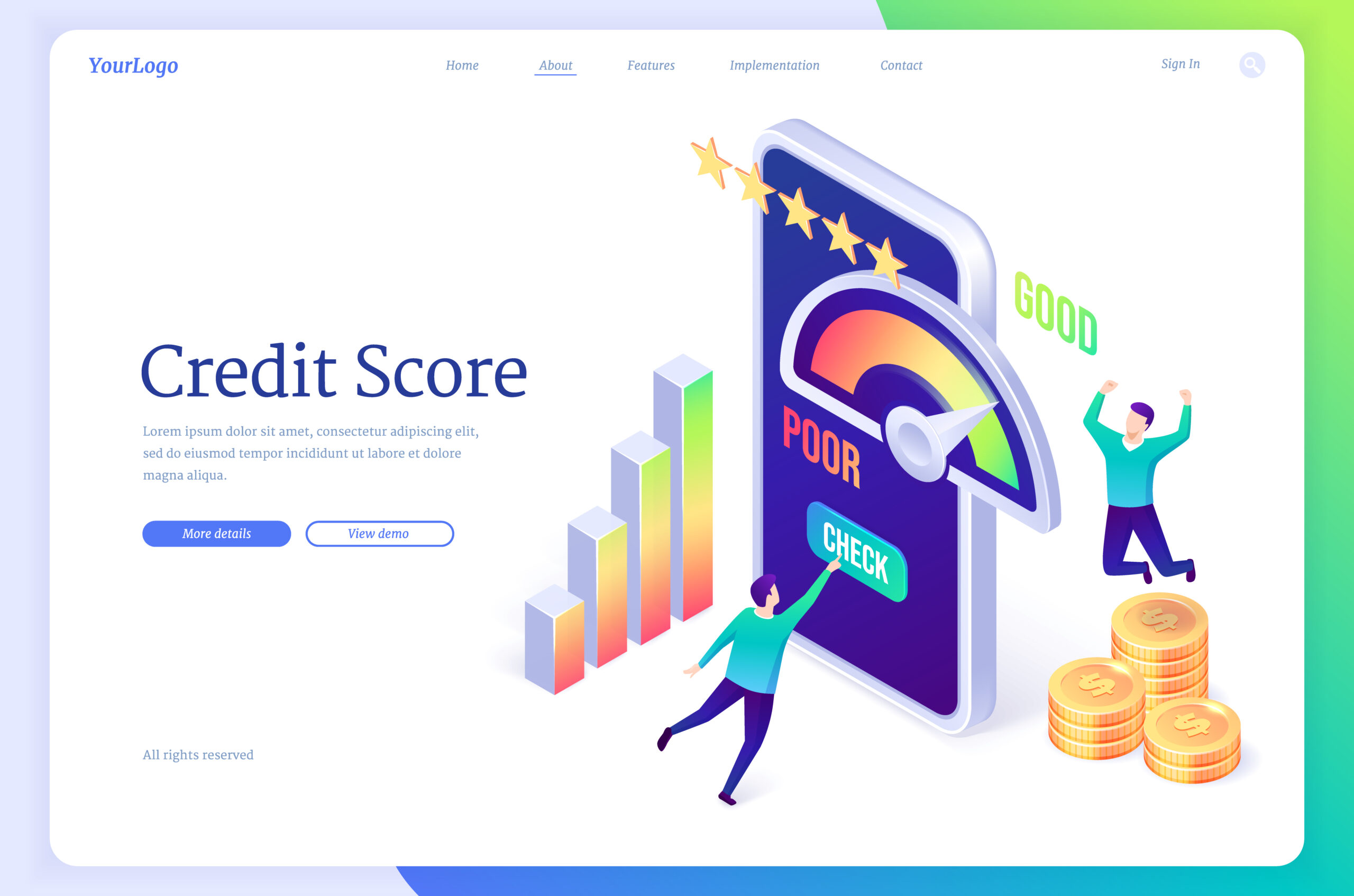Bad credit loans are an option for people who have poor credit scores. These types of financing often come with stricter requirements than traditional loans but can be useful for people who need quick cash and cannot get it from another source.
To understand whether you qualify for a bad credit loan, you’ll need to first understand what they are and what they aren’t. They’re not the same as payday loans, which are given to borrowers who don’t have great credit and come with extremely high-interest rates.
If you have bad credit, the good news is that there are lenders out there who will give you money, provided that you meet their terms. These lenders generally require higher amounts of collateral (such as a car title or real estate), charge higher interest rates, and usually require some form of auto-debit repayment, so the lender is almost guaranteed to get their money back even if your lender isn’t able to seize your property or sell it at auction.
Read on to discover about the bad-credit-loans
What is a bad credit loan?
Bad credit loans are essentially regular loans that are offered to people with bad credit. Lenders have decided to make these loans because they’re typically secured by collateral (which can be repossessed if the borrower can’t make the payments). You can apply for bad credit loan in Ireland from: My Lenders Loan.
These loans are often more expensive than traditional unsecured loans and are therefore only recommended for short-term financial needs. It’s advisable to take out a bad credit loan only if you have no other options, and even then, only if you’re confident you can make the payments on time.
If you’re not able to pay back the loan, the lender might take your collateral and sell it for cash. This is often referred to as “foreclosure” and is a last resort for the lender.
What determines a bad credit score?
The exact formula used to determine your credit score is confidential, but the three major credit bureaus (Experian, TransUnion, and Equifax) have been asked to provide information on what goes into the decision.
- More than 35% of your credit score is based on your payment history. If you have a history of making late payments or missing payments, it’ll harm your credit score.
- Another 30% of your credit score is based on the amount outstanding on your credit cards. In situations where you have a big debt (not including a mortgage or student loan) relative to your income, it could impact your credit score.
- The remaining 35% is based on other factors, such as the amount of time you’ve had your credit open and the types of credit you’ve been applying for.
Important Things to Know About Bad-Credit-Loans
- You need to be honest when applying for a bad credit loan
- Don’t makeup income or employment details
- in most cases, and the lender will still check with your employer to verify your W-2 (wage and tax statement).
- You may need to provide collateral for a bad credit loan. This is mostly in the form of a car title loan, home equity loan, or real estate equity loan.
- You may have to pay a higher interest rate. Since the lender knows that you have a higher risk of defaulting on the loan, they have to charge a higher interest rate to make their investment worth it.
- You may be required to use auto-debit repayments. Lenders prefer auto-debit repayments because they’re almost guaranteed to get their money back even if the customer doesn’t pay them.
The Most Common Reasons for Bad Credit
- You have too much debt – Having a high amount of debt on your credit cards can impact your credit score. Try to pay off your credit cards to improve your credit score.
- You’ve applied for too many credit cards in a short period. You may have to wait a few months before you can apply for another credit card.
- You’ve missed too many payments. If you have a history of making late payments or missing payments, it will hurt your credit score.
- You haven’t had any credit for a long period. If you don’t have any credit, you can open a secured credit card and have monthly payments reported to the credit bureaus.
Who qualifies for a bad-credit-loan?
Bad credit loans are designed for people who have a credit score of less than 650 (some lenders even go as low as 500). In a case where you have a lower credit score, you may still be able to get approved for a bad credit loan, and you just might have to pay a higher interest rate and/or provide more collateral.
What Are the Requirements for Bad-Credit-Loans?
The requirements for getting a bad credit loan vary from lender to lender. In most cases, lenders look at factors like your income, debt-to-income ratio, and credit score.
In general, you’ll need a minimum income of around $1800 to $2500 per month – or $24,000 annually – to qualify for a bad credit loan. You’ll also need at least two years of continuous credit history and consistent payment history.
The higher your debt-to-income ratio is, the smaller amount you’ll be able to borrow. What you can borrow will mostly depend on your credit score – in general, people with bad credit can borrow larger amounts than people with good credit but come with larger interest rates too.
How to find a bad-credit-loans lender?
When your credit is bad, you’ll have a lot more options when it comes to finding a bad credit loan. Several online lenders specialize in making bad credit loans, and many of them have great technology that makes the application process easy.
You can start by visiting a comparison website such as LendingTree or using a platform like Credit Sesame. These websites will help you find a list of available lenders and are a great place to start your search.
Should you get one?
If you have bad credit, it’s something you may have to deal with for years. While it’s possible to improve your credit score over time, it won’t happen overnight, and bad credit loans are there for people who need money now.
Bad credit loans are expensive and are only recommended for short-term financial needs. It’s advisable to take out a bad credit loan only if you have no other options and even then, only if you’re confident you can make the payments on time.
If you’re not able to pay back the loan, the lender might take your collateral and sell it for cash.
Conclusion
Bad credit loans are an option for people who have a poor credit scores. These types of financing often come with stricter requirements than traditional loans but can be useful for people who need quick cash and cannot get it from another source.
If you have bad credit, the good news is that there are lenders out there who will give you money, provided that you meet their terms. These lenders generally require higher amounts of collateral.
These loans mostly come with higher interest rates and often do not go below a certain threshold. The interest rates on these loans are often much higher than traditional loans, ranging from 10–50 percent, depending on the lender.
Bad credit loans can be a good option for people who need quick cash and do not have a high enough credit score for a traditional loan.







